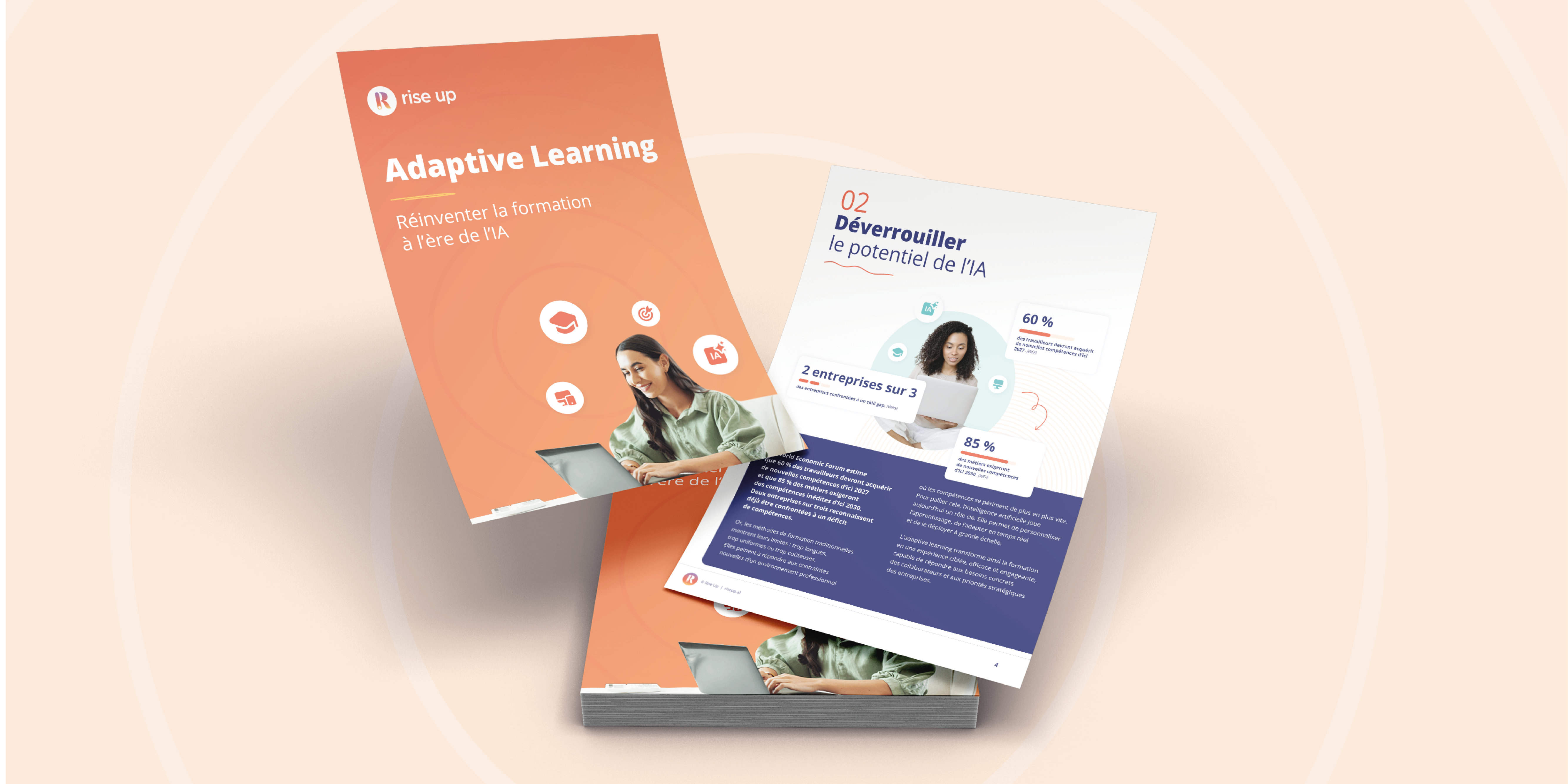E-learning: facts vs fiction
6 minutes of reading | 2020-11-12
E-learning has now been around for decades, but plenty of misconceptions still surround it. As an LMS provider, we hear these opinions from decision makers and stakeholders all the time, and we decided it was time to set the record straight. In this article, we’ll take a look at some common beliefs concerning e-learning, and examine whether there’s any truth to them.
Will e-learning reduce your training budget?
For many companies, one of the key reasons for switching from face-to-face to e-learning is to save money. That’s because online courses are often thought of as cheaper than their in-person counterparts. In this case, that belief is true… for the most part.
There are certainly plenty of savings to be made by opting for e-learning. For example, you no longer need to rent a meeting room to hold classes in, as well as eliminating travel costs. In many instances, you can even avoid the need to hire a trainer.
However, if you’re expecting e-learning to reduce your budgetary needs to zero, then you’re likely to be disappointed. The reality is that, to achieve great results, you need to invest in an online platform that meets your business’ needs. Though this initial outlay can be significant, it can result in a much more cost-effective training programme in the long run.

Is it difficult to engage employees using e-learning?
One of the biggest challenges for today’s businesses is keeping their employees motivated. This is particularly the case when it comes to training. Many people believe that e-learning is especially bad at engaging learners, and that it’s easy for someone to simply drop out of a course if they find it dull.
The reality is that both face-to-face and online forms of training present challenges when it comes to learner engagement. All of us, after all, will surely have sat yawning in a class taught by a particularly boring tutor at some point in our lives!
To ensure that your online courses are able to capture your employee’s attention, you need to take actions to mitigate the weaknesses of e-learning.
For example, e-learning courses are often thought of as something an individual completes on their own. This is because there is generally no built-in social element. To avoid this, you should make sure to include opportunities for learners to interact both with a trainer and with each other. Virtual classes can prove invaluable for this purpose, while elements of social learning can help to build stronger relationships between peers.
It is true, therefore, that keeping learners engaged without a trainer present can be tricky. Nonetheless, by properly mapping out your e-learning course in advance, you can help to avoid this problem and motivate your employees to succeed.
Should I switch all my training to e-learning?
E-learning brings plenty of benefits to businesses, including time and cost savings, flexibility, scalability, and easier follow-up with employees. With this in mind, should you abandon in-person sessions altogether and move solely to e-learning?
The answer here is almost always no. E-learning may be a great solution for teaching the theoretical concepts underpinning a particular skill, but when it comes to putting that into practice, in-person sessions are still a necessity. While the advent of immersive technologies such as virtual and augmented reality allows for some practical training at a distance, face-to-face can’t be done away with entirely.
It’s also important to consider the question of motivation once again. If your employees are left simply to take e-learning module after e-learning module, their interest is likely to wane fairly quickly. Worse still, if they get stuck on a particular issue, there’s no trainer there to help them out.
This is why we recommend a combination of face-to-face and online training methods to provide your employees with the best of both worlds. E-learning is an excellent choice for building up knowledge, but it works best when complemented by virtual and in-person classes that give learners access to trainers who can offer the support they need.
If you’re interested in finding out more about this kind of training, then check out our guide to blended learning.

Is e-learning only suitable for young people?
There’s a common misconception that technology only works for younger generations who are more technologically savvy. Fortunately, this is a total myth, and e-learning can be used by young and old alike.
Data from the Office of National Statistics suggests that 85.5% of those aged between 65 and 74 were recent internet users as of 2020, alongside 54.1% of over-75s. The idea of an elderly generation with no exposure to technology can, therefore, clearly be disproven.
Additionally, e-learning is not necessarily a one-size-fits-all solution, and there are plenty of options available for training to be tailored to different age groups. It may simply be a question of including more diverse learning formats so as to appeal to audiences of all ages.
Does e-learning even work?
Once upon a time, people scoffed at the idea that you could learn just as much from an online course as you could from attending classes in person. Indeed, there are still some who believe that e-learning isn’t real training.
In reality, e-learning can prove just as effective—if not more so—than in-person training. Christine Greenhow of Michigan State University notes that online learning can lead to “[better results than] face-to-face instruction, but it has to be done right”.
This is why a blended learning approach is so important. It allows businesses to harness the key advantages of e-learning, such as the ability to access training content at any time and the ease at which courses can be rolled out to thousands of employees at one time. Meanwhile, it makes the training process more well-rounded by providing practical examples, support and social interaction, all of which help to counter e-learning’s weak spots.
All in all, there’s no reason why e-learning should be thought of as any less rigorous or comprehensive than in-person training methods. The knowledge gained is exactly the same—it’s just more convenient to access!
Summary
- Many of the perceived drawbacks of e-learning turn out to be myths when you scratch the surface.
- However, e-learning isn’t a panacea, and it is at its most effective when combined with other forms of training.
- A blended learning course that combines a variety of online learning formats together with in-person sessions is the best route to success!






